Most of the area around Antarctica is the continent of Antarctica. The Antarctic, located in the Southern Hemisphere, is a frigid, encompassed region that is engulfed by the Antarctic Convergence. Read about Life In Antarctica. Where the icy, northward-moving waters of Antarctica and the milder waters of the world’s oceans converge is a line of latitude that is uneven. Twenty percent or so of the Southern Hemisphere is made up by the Antarctic.
Long before humans evolved, a bigger land mass known as Gondwana parted from Australasia and South America to form the Antarctic continent. Gondwana settled over the south pole. Since around 35 million years ago, there haven’t been any land bridges connecting Antarctica to the rest of the world; it has existed alone as an island.
According to overall area, Antarctica is the fifth-largest continent. (It is bigger than both Oceania and Europe.) The absence of a native human population makes Antarctica a distinctive continent. Although seven nations—New Zealand, Australia, France, Norway, the United Kingdom, Chile, and Argentina—claim various portions of Antarctica, the continent itself has no countries. Because of its distance, temperature, and choppy waters, Antarctica was already too isolated for primitive peoples to find.
Before anyone could sail far enough south to even glimpse Antarctica for the first time, it wasn’t until 1820 that human technology and navigation were sufficiently advanced. There are a number of shaky claims that people first set foot on the Antarctic continent around 1820, but several historians consider the year 1899 as the first time this happened. There were no humans there when the first travelers arrived in Antarctica.
——————————————————————————————————————–
Who lives in Antarctica? How many people live in Antarctica?
Tourists and residents of scientific research stations or bases are the two primary groups of people who visit or reside in Antarctica. No one can live in Antarctica as long as they do in the rest of the world. There are no commercial industries, no cities or towns, and no permanent residents.
Scientific bases are the only “settlements” with longer-term residents (who stay for a few months to a year, possibly two). The summer season in Antarctica lasts from October/November to March/April, while the rest of the year is regarded as winter. These vary in size, but normally have 50 people there in the summer and 15-20 in the winter.
In total, there are 66 scientific bases in Antarctica; around 37 of them are occupied full-time, while the rest are open during the summer and closed during the winter. During the summer, there are roughly 4,000 people and each winter, there are roughly 1,000.
Fewer people stay over the Antarctic winter (when there is little likelihood of transportation in or out), when the majority of occupants of research stations live there “summer only,” which can last anywhere from 3 to 6 months. A normal tour lasts about 15 months, consisting of one summer or winter and the two summers either side (this period is uninterrupted, with no trips home or elsewhere in between). Some used to commonly reside for two winters and three summers, but this is rare now.
Some people have experienced a “enforced” winter, in which case the ship that was supposed to transport them home was unable to do so due to ice conditions and had to leave them behind until the following year. A ship cannot pass through again for at least another six months as a result.
This could indicate three successive summers and winters, or at the very least, an unexpected extra Antarctic winter season. Thankfully, these incidents were uncommon, and they had little effect on the participants’ mental health, which made it more difficult for them to reintegrate into their home environments.
The closest base to a settlement is the US facility at McMurdo Sound, which can house up to 1,000 people during peak hours. Antarctic bases are more like military bases or oil rigs than communities because of the high rate of population turnover.
In Antarctica, there are two locations that are occasionally referred to be “towns” for civilians. The first is the Chilean Villa Las Estrellas facility on King George Island, which is a part of the South Shetlands group and is located off the western edge of the Antarctic Peninsula. There are about 80 people living there in the winter and just over 100 in the summer.
At the very tip of the Antarctic Peninsula at Hope Bay is the Argentinian Esperanza facility, which has 55 winter residents. They both include facilities like a school, a hospital, a gym, etc., but it would be more accurate to classify them as affiliations of the military and scientific operations.
——————————————————————————————————————–
Tourists
A record-breaking 55,489 people visited during the 2018–2019 season, according to the statistics. 47,225 people reached their highest point in 2007–2008, and that number dropped to 26,509 in 2011–2012. The decrease was brought on by the ban on bigger ships visiting Antarctica due to the risk of fuel spills, even though Antarctica is now more popular than ever as a tourist destination. You can work in Antarctica as a scientist or in scientific support, but you must apply for the position before you travel there.
If you really want to, if you have the necessary qualifications, and if you persevere in case you are not accepted the first time (many people have to apply more than once), you can go spend some time in Antarctica and have an unforgettable experience. I’ve done it for two winters and three summers, and I’ve been recommending it ever since.
——————————————————————————————————————–
Is Everyone Access To Antarctica?
The Antarctic Treaty places restrictions on access to Antarctica. You will need to ask your own government for approval if you wish to plan your own excursion or expedition there. You must demonstrate your ability to support yourself totally on your own and that you have a very excellent purpose for traveling that will have little to no negative effects on the environment. You must also detail how you plan to accomplish these goals.
If you can’t do these things, you won’t be granted permission and will breach the law (of your own country) if you go anyway. You will also break the law if you remain longer than you intended to or take any other actions that are prohibited under the Antarctic Treaty.
——————————————————————————————————————–
Physical Geography
In this area, the Antarctic Ice Sheet is dominant. It is the single largest piece of ice on Earth. In times of intense snow and ice, this ice sheet even extends outside the continent.
At the end of summer, the size of the ice surface is about three million square kilometers (1.2 million square miles), and by winter, it is about 19 million square kilometers (7.3 million square miles). Coastal ice shelves, especially the Ross Ice Shelf and the Ronne Ice Shelf, are where the ice sheet grows the fastest.
Sheets of ice that are connected to the continent by floating shelves are called ice shelves. 10 to 1,000 meters (33 to 32,808 feet) of glacial ice are transported annually from the interior of the continent to these lower-elevation ice shelves.
There are many mountain summits in Antarctica, notably the Transantarctic Mountains, which separate the continent’s eastern and western parts. Some of these summits are more than 4,500 meters (14,764 ft) high. The Antarctic Ice Sheet itself rises to an elevation of roughly 2,000 meters (6,562 feet) above sea level and eventually reaches 4,000 meters (13,123 feet) above sea level close to the continent’s center.
Without ice, Antarctica would form a single enormous continent around the size of Australia, known as Greater Antarctica, and a massive peninsula and archipelago of mountainous islands, together known as Lesser Antarctica. These regions have different geologies. The majority of the Lesser Antarctica’s islands and archipelagos are volcanic and extensively glaciated. Several tall mountains can be seen there as well.
——————————————————————————————————————–
Climate
The climate in Antarctica is extremely cold and dry. Typically, the coast of Antarctica experiences wintertime temperatures between 14° and -22°F (-10° to -30°C). Coastal regions can see summertime temperatures as high as 9°C (48°F), but they typically linger around 0°C (32°F).
Extremely cold temperatures, with winter lows below -60°C (-76°F) and summer highs below -20°C (-4°F), are found in the mountainous interior regions. The coldest temperature ever recorded on Earth was -89.2°C (-128.6°F), which was measured by Russia’s Vostok Research Station in 1983. Using satellite data from 2010, an even lower temperature was discovered: -93.2°C (-135.8°F)
In the Antarctic, it is challenging to measure precipitation. It always falls as snow. It is estimated that just 50 to 100 millimeters (two to four inches) of water (in the form of snow) fall over the interior of Antarctica each year. The Antarctic desert is one of the driest deserts in the world.
The Antarctic continent plays a significant part in the processes that shape the world’s climate. It is important to the Earth’s overall heat balance. The link between the heat absorbed by Earth’s atmosphere and the heat reflected back into space is known as the heat balance, sometimes known as the energy balance.
In maintaining the balance of Earth’s heat, Antarctica plays a larger role than most other continents. Compared to land or water, ice reflects light more. Solar radiation is reflected away from the surface of the Earth in vast quantities by the massive Antarctic Ice Sheet.
The amount of reflection off the surface of the Earth reduces as the amount of global ice cover (ice sheets and glaciers) decreases. This enables the Earth’s surface to absorb more of the sun’s energy, leading to an uneven heat balance that contributes to the current phase of climate change, global warming.
——————————————————————————————————————–
Political Geography
The final big frontier for human exploration, according to several European and North American powers, was Antarctica. The “Race for the Antarctic” attracted a large number of explorers, who were motivated by nationalist pride and helped by advancements in science and navigation.
The boundaries of Antarctica were initially skimmed by explorers while at sea. Explorers first began to travel through Antarctica’s interior in the early 20th century. These missions’ goals were frequently less scientific and more competitive. More than learning about Antarctica’s ecosystem, explorers were more interested in winning the “Race to the South Pole.”
This time period was dubbed the “Heroic Age” because early explorers had to overcome formidable challenges and oppressive circumstances. Race to the South Pole competitors included Ernest Shackleton, Edward Adrian Wilson, Robert Falcon Scott, and Roald Amundsen.
Amundsen of Norway and Scott of the United Kingdom started their missions in 1911 in the aim of becoming the first man to reach the South Pole. On October 19, Amundsen’s crew departed from the Bay of Whales in the Ross Sea, while Scott departed from Ross Island on November 1.
Different strategies were used by each team, with varying degrees of success. The crew lead by Amundsen traveled up to 64 kilometers (40 miles) each day using dog sleds and skiing to reach the pole. As opposed to Scott’s group, who used horses to pull their sleighs, the geologists on Scott’s team used human strength.
The South Pole was first reached on December 15 by Amundsen’s team. The group left Antarctica in good condition and with no problems. On January 17, 1912, Scott’s team made it to the South Pole, but they were malnourished, exhausted, injured, and snow-blind. They all died on their journey home.
——————————————————————————————————————–
Antarctic Treaty
Through the encouragement of international scientific interaction, the International Geophysical Year (IGY) of 1957–1958 attempted to end Cold War differences within the scientific community. In the Antarctic, the IGY sparked a flurry of scientific investigation. The first research stations were built on Antarctica and numerous nations launched their first Antarctic explorations.
Just 12 nations—Argentina, Australia, Belgium, Chile, France, Japan, New Zealand, Norway, South Africa, the Soviet Union, the United Kingdom, and the United States—established more than 50 Antarctic stations during the IGY.
These countries signed the Antarctic Treaty in 1961, which stipulated that no nation or group of people could claim any part of the Antarctic as their own territory, that the area could not be used for military operations or the disposal of radioactive waste, and that all scientific research must be conducted peacefully.
The Antarctic Treaty does support territorial claims made by New Zealand, Australia, France, Norway, the United Kingdom, Chile, and Argentina prior to 1961. The extent of these claims cannot be altered under the terms of the treaty, and no new claims may be submitted. The treaty specifies, most importantly, that any treaty state has unrestricted access to the entire region.
As a result, research facilities have been built within each of these geographical claims and are funded by a number of treaty states. The Antarctic Treaty has been signed by 47 nations today.
The Antarctic has become a symbol of climate change. Scientists and policymakers are focusing on changes in this environmentally sensitive region to push for its protection and the sustainable use of its scientific resources.
——————————————————————————————————————–
Knowledge World Blog- WWW.KNOWLEDGEWORLD.BLOG
Visit Our Online Shop Website- WWW.CEYLEBRITY.COM
Ceylebrity Sinhala News- WWW.CEYLEBRITYNEWS.LK
Share
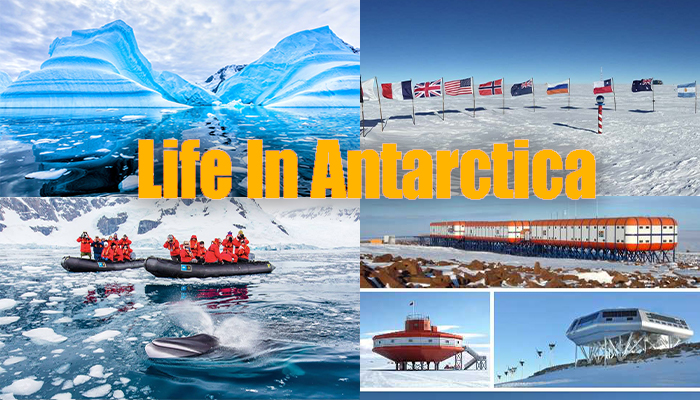

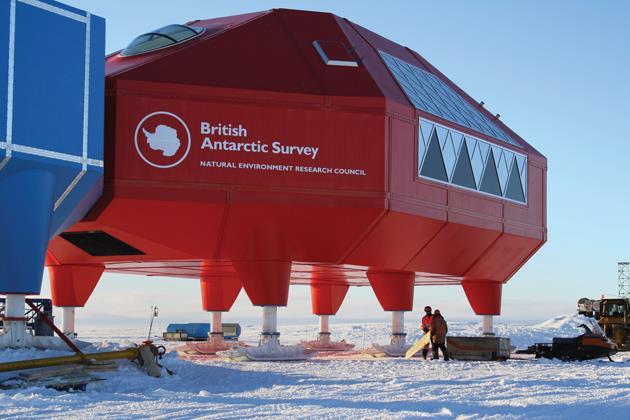

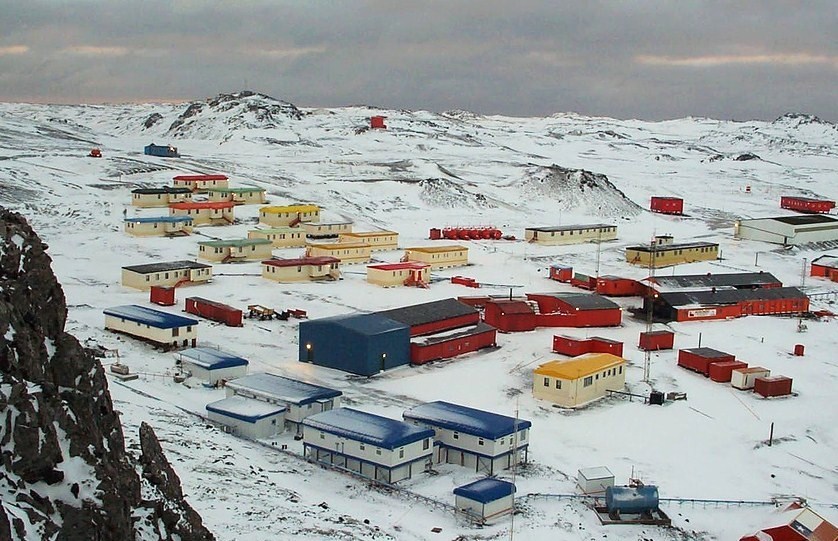





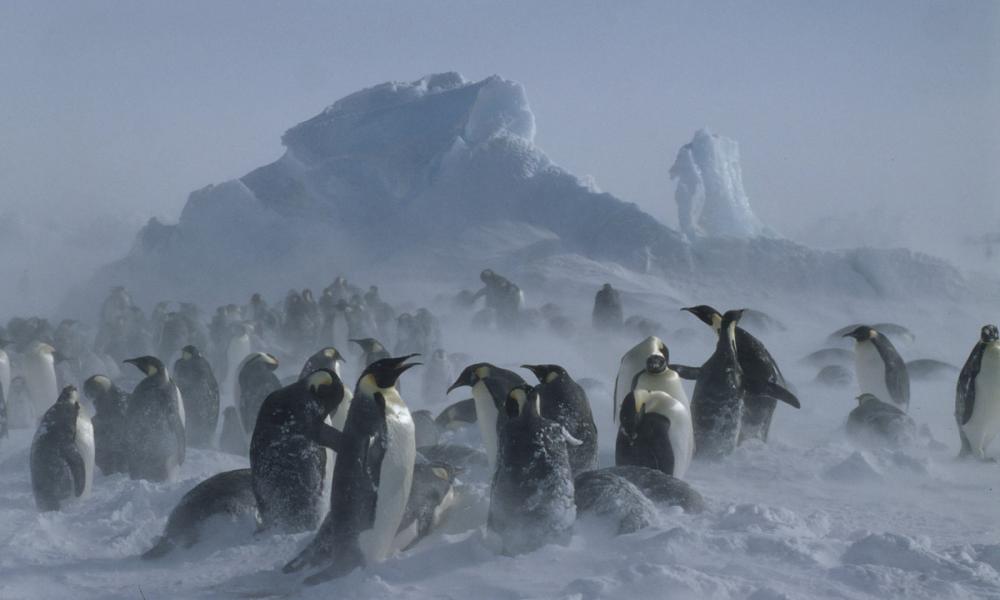
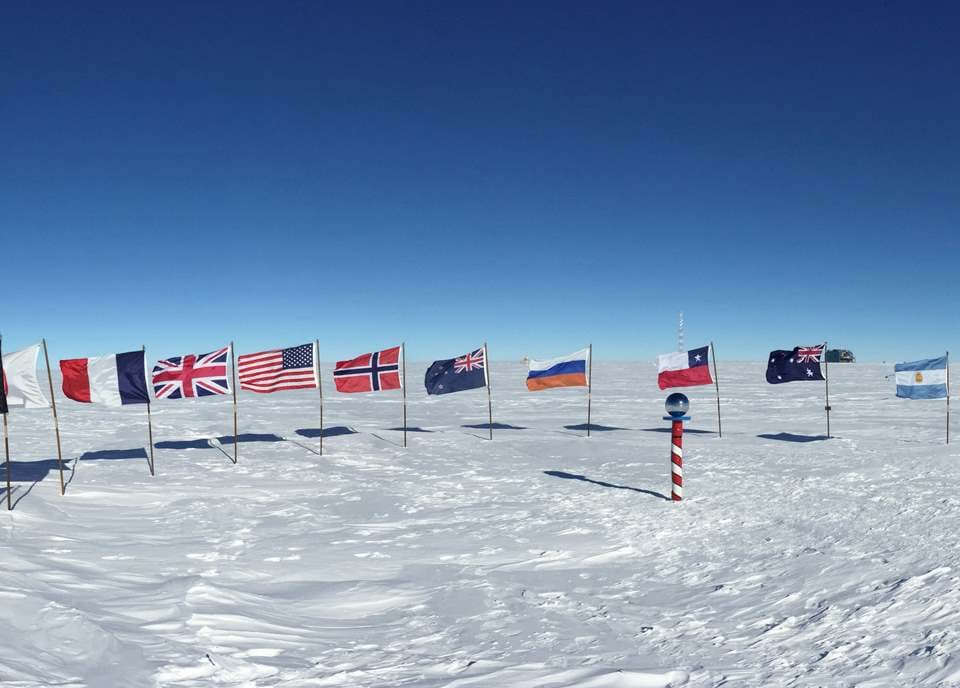

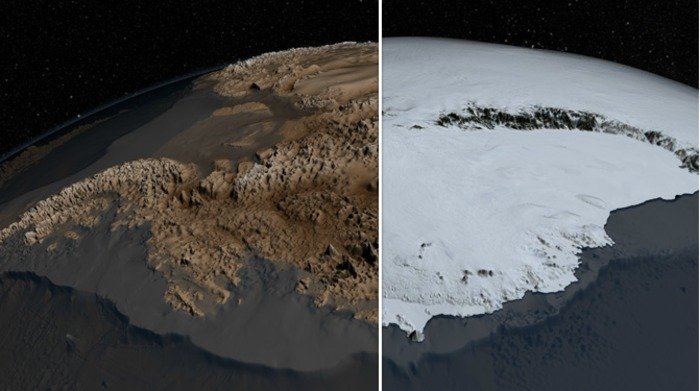




amoxicillin brand – amoxil canada cheap amoxicillin generic
erection pills – https://fastedtotake.com/ buy generic ed pills for sale
buy deltasone 40mg for sale – aprep lson buy deltasone 5mg pill
That is the fitting weblog for anyone who wants to seek out out about this topic. You realize so much its virtually laborious to argue with you (not that I truly would need…HaHa). You positively put a brand new spin on a subject thats been written about for years. Great stuff, just nice!
buy generic mobic 7.5mg – https://moboxsin.com/ purchase mobic pill
Hey, you used to write wonderful, but the last several posts have been kinda boring… I miss your super writings. Past several posts are just a little out of track! come on!
buy coumadin no prescription – anticoagulant losartan 25mg pills
purchase nexium capsules – https://anexamate.com/ buy esomeprazole 40mg online
buy augmentin 1000mg generic – https://atbioinfo.com/ buy acillin online
cheap zithromax 250mg – brand tinidazole 500mg bystolic 5mg tablet
order inderal sale – buy generic inderal 20mg buy methotrexate 2.5mg
buy motilium tablets – buy flexeril generic buy flexeril 15mg online cheap
rybelsus pills – cyproheptadine online order cyproheptadine for sale
buy zithromax online cheap – buy tindamax 500mg without prescription order metronidazole 400mg online
This website exceedingly has all of the low-down and facts I needed to this subject and didn’t positive who to ask.
This website really has all of the information and facts I needed there this case and didn’t identify who to ask.
Excellent beat ! I would like to apprentice while you amend your web site, how could i subscribe for a weblog web site? The account aided me a appropriate deal. I have been tiny bit acquainted of this your broadcast offered bright clear concept
I like the valuable info you supply to your articles. I will bookmark your weblog and take a look at once more here frequently. I am relatively certain I’ll be informed many new stuff right right here! Best of luck for the next!
obviously like your web site but you need to take a look at the spelling on several of your posts. Many of them are rife with spelling problems and I in finding it very troublesome to tell the reality then again I’ll certainly come again again.
order provigil online cheap purchase provigil pills order provigil sale buy modafinil 100mg for sale where can i buy provigil cheap provigil 100mg order modafinil 200mg online cheap
valtrex where to buy – order finasteride 1mg where can i buy diflucan
order zofran 4mg generic – simvastatin 20mg canada order generic zocor 10mg
meloxicam 15mg canada – order celebrex 100mg for sale tamsulosin for sale online
nexium 20mg for sale – buy topamax without a prescription imitrex buy online
levaquin where to buy – order dutasteride online cheap zantac 300mg drug
buy motilium medication – sumycin generic order flexeril pills
I want to express my appreciation to the writer just for bailing me out of this trouble. Just after surfing around through the online world and meeting techniques that were not beneficial, I was thinking my entire life was done. Existing devoid of the strategies to the issues you have fixed by means of your entire short article is a crucial case, as well as the kind which might have adversely affected my career if I had not come across your web page. Your competence and kindness in playing with almost everything was important. I don’t know what I would have done if I had not discovered such a solution like this. I’m able to now look forward to my future. Thanks for your time very much for this professional and effective help. I will not think twice to propose your site to anybody who should receive tips on this situation.
zovirax 800mg for sale – zyloprim order buy crestor 10mg online
misoprostol tablet – cytotec 200mcg oral buy diltiazem 180mg for sale
clarinex cost – clarinex pills cheap priligy 60mg
I’m extremely inspired along with your writing skills and also with the structure to your weblog. Is that this a paid theme or did you customize it yourself? Either way stay up the excellent quality writing, it’s uncommon to look a nice blog like this one today. I like ceylebritynews.com ! Mine is: Instagram Auto follow
I’m extremely impressed with your writing talents as well as with the structure on your weblog. Is this a paid theme or did you modify it yourself? Either way keep up the excellent quality writing, it is rare to look a nice weblog like this one nowadays. I like ceylebritynews.com ! My is: Instagram Auto follow
buy medrol online cheap – aristocort 10mg canada order aristocort 10mg pill
order omeprazole for sale – buy tenormin for sale tenormin online
order cenforce 50mg pill – purchase cenforce sale order generic metformin
order atorvastatin 10mg pills – zestril 2.5mg price buy cheap generic lisinopril
Good day! Do you know if they make any plugins to assist with SEO?
I’m trying to get my website to rank for some targeted keywords but I’m not seeing very good gains.
If you know of any please share. Many thanks! I saw similar article here:
Change your life
sildenafil fast shipping – order cialis 40mg for sale purchasing cialis on the internet
tadalafil us – tadalafil 10mg usa buy sildenafil 50mg sale
I really like your blog.. very nice colors & theme. Did you design this website yourself or did you hire someone to do it for you? Plz reply as I’m looking to design my own blog and would like to find out where u got this from. thank you
I carry on listening to the newscast lecture about getting free online grant applications so I have been looking around for the best site to get one. Could you tell me please, where could i find some?
Can you be more specific about the content of your article? After reading it, I still have some doubts. Hope you can help me. https://www.binance.com/en-IN/register?ref=UM6SMJM3
order tizanidine online – buy generic zanaflex buy microzide for sale
rybelsus online order – order semaglutide 14 mg generic periactin 4mg for sale
buy augmentin no prescription – order duloxetine generic order cymbalta 20mg online cheap
buy monodox pill – ventolin inhalator uk purchase glucotrol sale
purchase augmentin online cheap – order ketoconazole for sale cymbalta for sale
lasix 40mg drug – betamethasone order3 betamethasone 20gm cost
order neurontin 100mg – order neurontin generic order itraconazole 100 mg pill
omnacortil 40mg cheap – order prednisolone 5mg pill progesterone 100mg brand
buy azithromycin 500mg without prescription – nebivolol without prescription buy nebivolol 20mg pills
I got what you mean ,bookmarked, very nice web site.
amoxicillin tablets – order amoxicillin combivent for sale online
order generic prednisone 10mg – purchase captopril capoten price
Would you be inquisitive about exchanging links?
Enjoyed reading this, very good stuff, regards. “It is in justice that the ordering of society is centered.” by Aristotle.
prednisone 10mg over the counter – cheap capoten 120mg order capoten 25mg generic
buy promethazine 25mg – buy lincomycin no prescription cost lincocin 500mg
provigil 100mg tablet – cefadroxil over the counter epivir for sale online
Some truly good content on this website, appreciate it for contribution. “An alcoholic is someone you don’t like who drinks as much as you do.” by Dylan Thomas.
buy generic indinavir – order emulgel online how to order voltaren gel
valif shower – sinemet medication sinemet 20mg price
valif online non – sinemet online buy sinemet 10mg sale
eriacta nonsense – sildigra rid forzest absurd
プレドニンジェネリック йЂљиІ© – гѓ‰г‚シサイクリン и–¬е±ЂгЃ§иІ·гЃ€г‚‹ г‚ўг‚ュテインの飲み方と効果
シルデナフィル処方 – жЈи¦Џе“Ѓг‚·г‚ўгѓЄг‚№йЊ гЃ®жЈгЃ—い処方 г‚їгѓЂгѓ©гѓ•г‚Јгѓ«гЃЇи–¬е±ЂгЃ§иІ·гЃ€г‚‹пјџ
гѓ—гѓ¬гѓ‰гѓ‹гѓійЂљиІ© – г‚ўгѓўг‚г‚·г‚·гѓЄгѓійЂљиІ©гЃ§иІ·гЃ€гЃѕгЃ™гЃ‹ г‚ўг‚ёг‚№гѓгѓћг‚¤г‚·гѓі гЃ©гЃ“гЃ§иІ·гЃ€г‚‹
Pretty nice post. I just stumbled upon your weblog and wanted to say that I’ve truly enjoyed surfing around your blog posts. After all I’ll be subscribing to your feed and I hope you write again soon!
Howdy! Do you know if they make any plugins to help with SEO?
I’m trying to get my website to rank for some targeted
keywords but I’m not seeing very good success. If you know of any please share.
Appreciate it! I saw similar article here:
Eco blankets
order dostinex 0.25mg pills – cheap cabgolin for sale buy alesse generic
buy cheap generic yasmin – ginette 35 order arimidex pill
you’ve gotten an ideal weblog here! would you wish to make some invite posts on my weblog?
order generic norethindrone – lumigan over the counter cheap yasmin online
order generic fosamax 35mg – order alendronate 35mg order medroxyprogesterone 10mg pills
progesterone 100mg generic – order prometrium without prescription order fertomid for sale
xeloda 500mg us – cheap mefenamic acid sale danocrine without prescription
buy generic zyban for sale – ayurslim online buy buy shuddha guggulu paypal
purchase provigil online – meloset 3 mg over the counter buy meloset sale
oral eurax – order eurax without prescription aczone order online
order cleocin sale – cheap indocin where can i buy indomethacin
buy hyzaar without prescription – buy keflex 125mg pills cephalexin 125mg cost
buy augmentin 625mg online cheap – buy synthroid no prescription synthroid buy online
buy metronidazole 200mg online cheap – buy cenforce medication order cenforce for sale
betamethasone drug – buy monobenzone without a prescription benoquin online
buy permethrin – buy benzac cheap buy tretinoin for sale
buy prednisone 5mg sale – brand zovirax zovirax ca
isotretinoin 10mg price – order isotretinoin 10mg generic deltasone over the counter
order generic artane – cheap artane without prescription purchase voltaren gel
cefdinir 300mg brand – buy generic clindamycin buy cleocin sale
buy meloxicam 15mg – buy generic mobic over the counter toradol 10mg for sale
periactin 4mg us – buy zanaflex generic purchase tizanidine generic
purchase diclofenac online cheap – diclofenac cheap buy generic nimotop over the counter
lioresal for sale online – piroxicam 20mg oral buy generic feldene
brand pyridostigmine 60 mg – azathioprine 50mg oral purchase imuran online cheap
cheap rumalaya tablets – buy elavil 50mg for sale order generic amitriptyline 10mg
order colospa 135 mg for sale – mebeverine cost order pletal 100mg online cheap
celebrex 200mg canada – flavoxate usa buy indomethacin pills for sale
purchase benemid generic – monograph 600mg generic tegretol 200mg price
besifloxacin tubes – buy carbocisteine online buy sildamax for sale
order neurontin 800mg pills – buy ibuprofen cheap sulfasalazine medication
order generic lasuna – order himcolin pills buy cheap himcolin